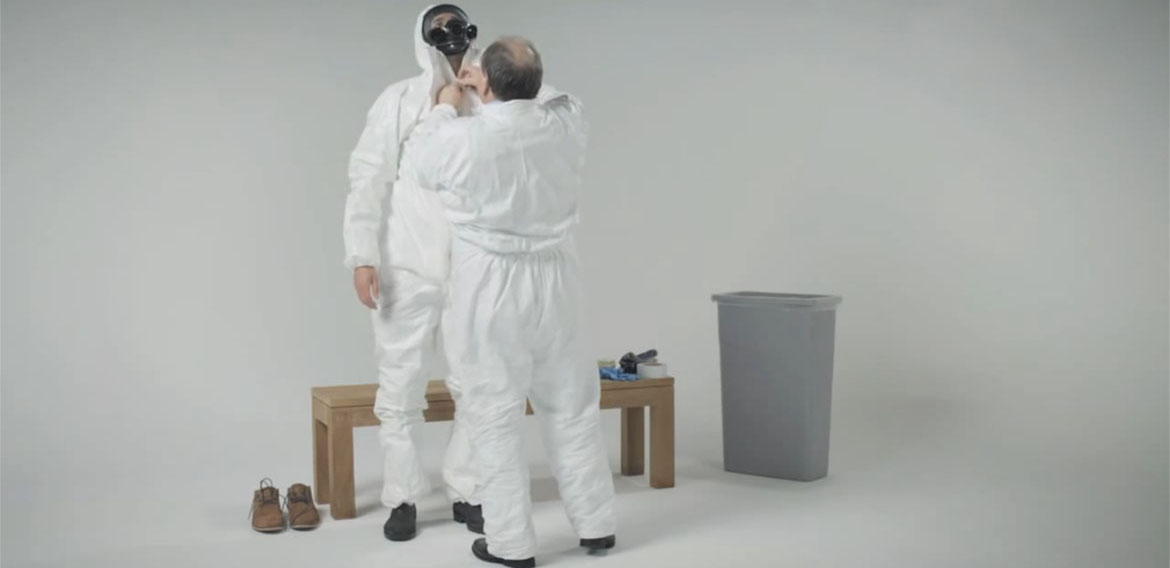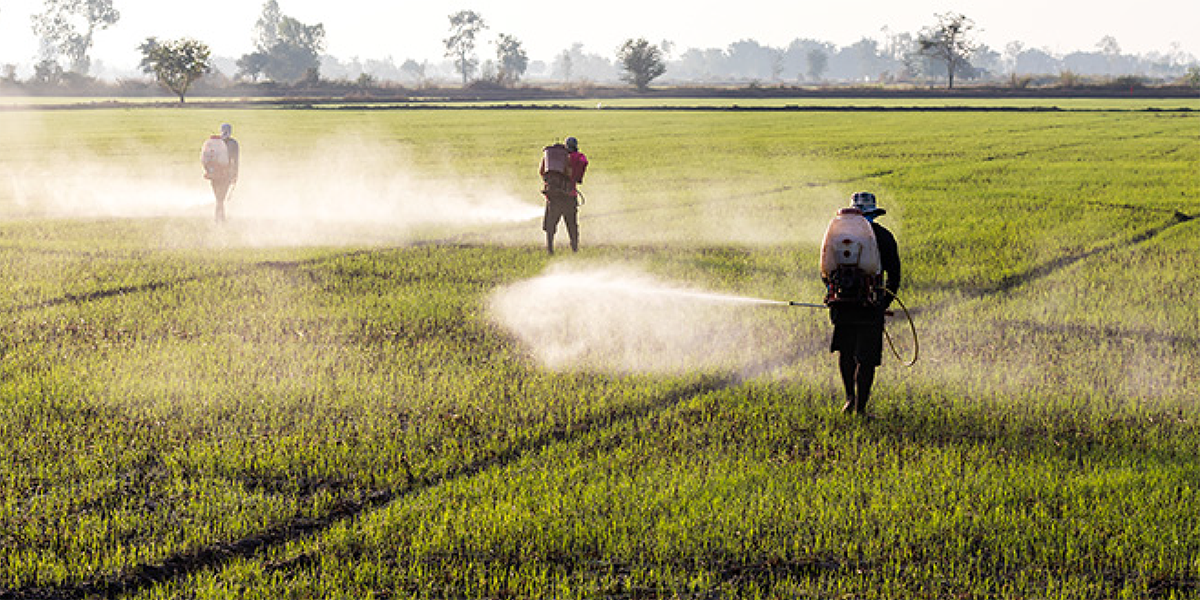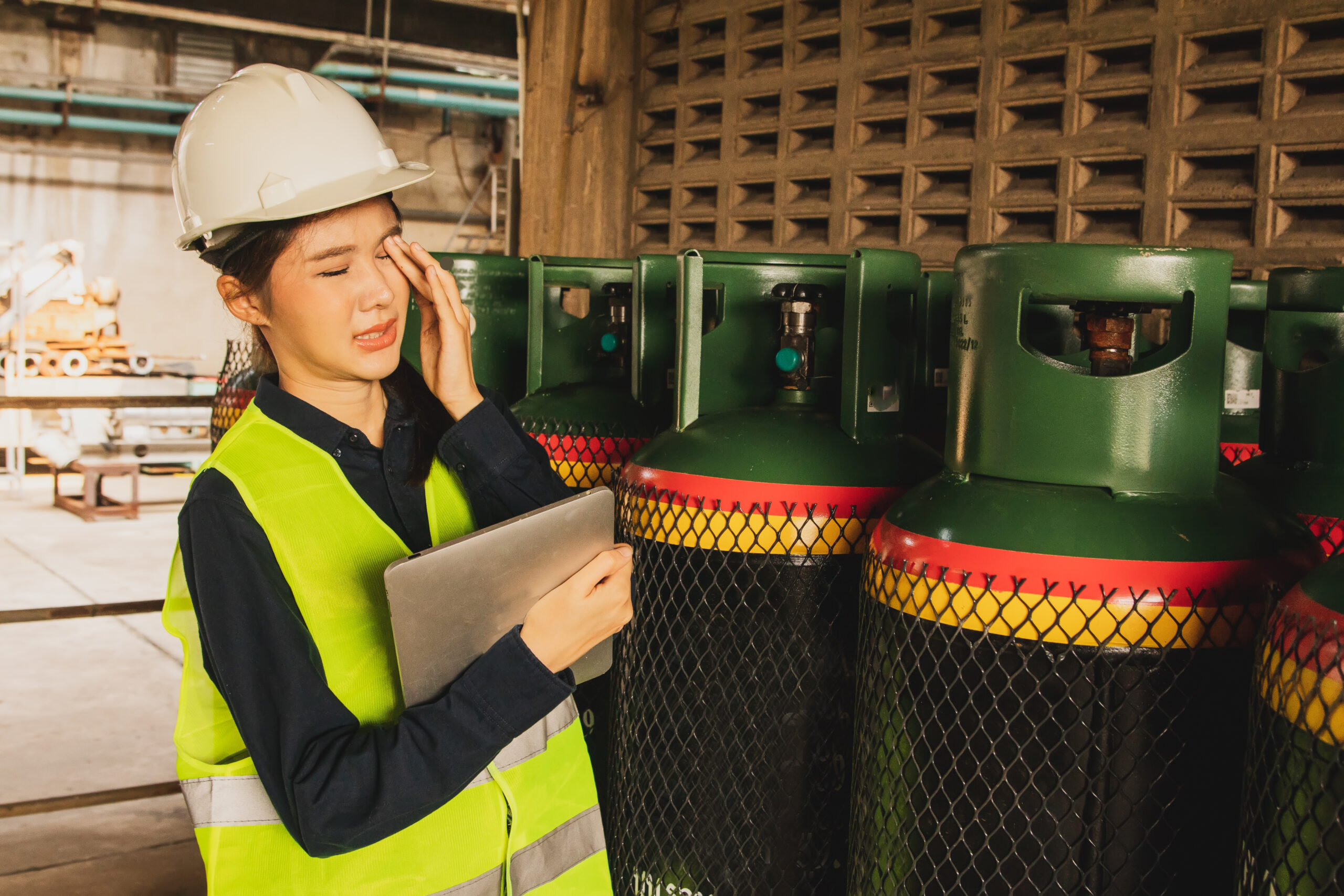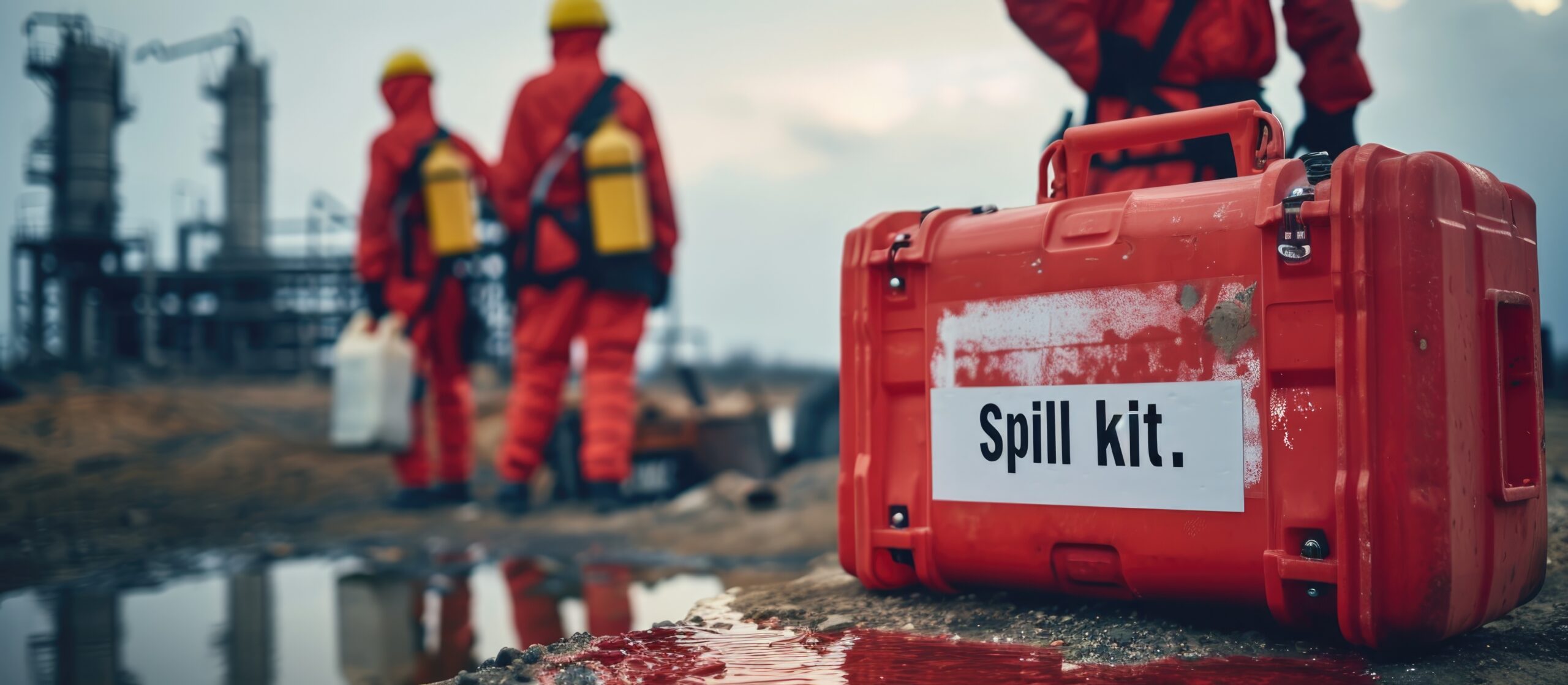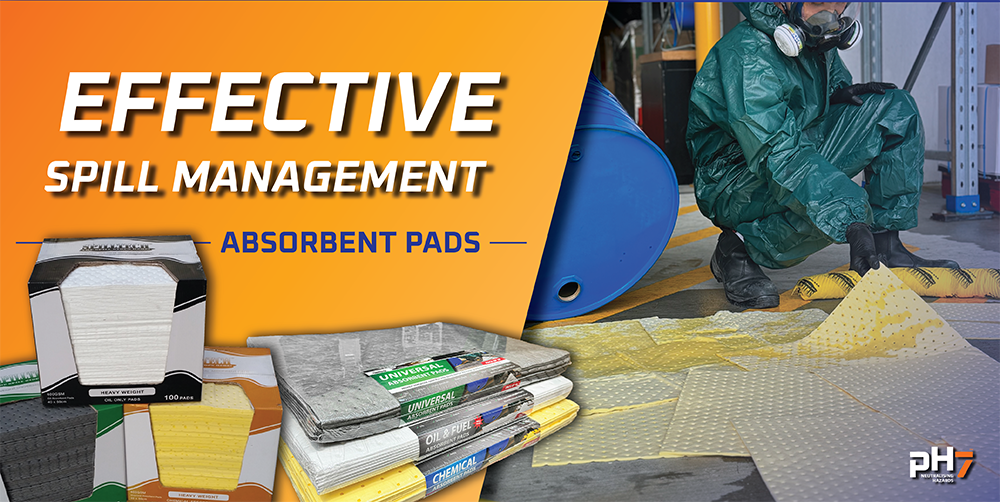Let’s get it on (and off): The importance of donning and doffing protective clothing.
Although the prime consideration choosing the right protective coveralls for specific tasks is the level of protection that clothing gives the wearer, it is also vitally important to consider how that clothing is going to be used.
Protective coveralls are designed to either protect the wearer from hazards (ranging from dusts and fibres to airborne, liquid and solid chemicals) or to prevent contamination of the environment by the workers – but this protection isn’t guaranteed just by wearing protective clothing.
One of the concerns when dealing with hazardous materials is containing that material in a specific area and avoiding contamination elsewhere – that’s just one of the reasons why having a strict procedure and schedule for how and where protective clothing is put on, taken off and stored/disposed of afterwards is so important.
So what are the issues surrounding the donning and doffing of protective clothing?
Wearability:
Choosing the right size and type of protective clothing, ensuring that it is both easy to put on and take off in the event of having to do so quickly in an emergency, goes a long way towards providing better safety and comfort for those wearing it. Some Microgard suits, for example, have a range of features such as unique dual zips and emergency rip cords which add to the wearer’s safety and comfort. In addition to the wrong size leading to potential snags and tears, as well as the danger of getting it caught in machinery or restricting movement, having protective clothing not designed for practical donning and doffing, can lead to workers not wanting to wear it in the first place.
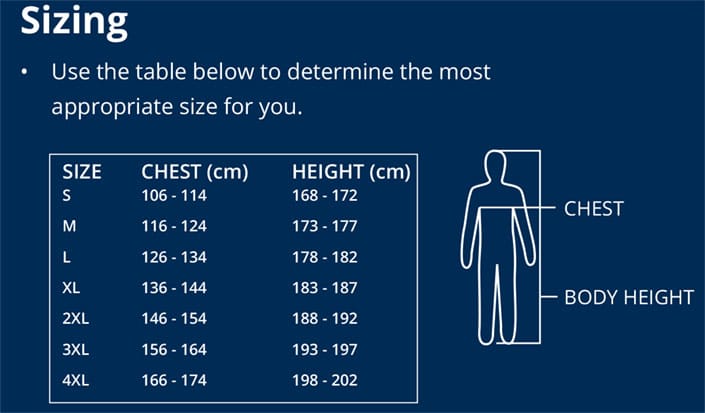
Procedure:
The performance of protective clothing not only relies on its material and design, but also on ensuring that it is put on and taken off correctly. Wearers should be made aware – either through workplace training or careful study of the packaging in which the clothing comes – of the correct procedure. In some cases, it might be useful to create a checklist to ensure the procedure is adhered to. Key elements to the correct procedure include:
- Having a contamination-free changing room in which to don and doff protective clothing.
- Always check multiple-use protective clothing for any signs of wear and damage before putting it on.
- Removing all objects, such as keys, jewellery, etc., which could obstruct the wearer or damage the coverall before donning clothing.
- Follow a precise order. For example, donning a coverall involves: place suit over legs, secure footwear, first set of gloves, arms into suit, goggles and masks, hood, zip up suit, second set of gloves (if needed).
- Have a colleague present, if possible, to check that gaps are sealed and there is no visible damage.
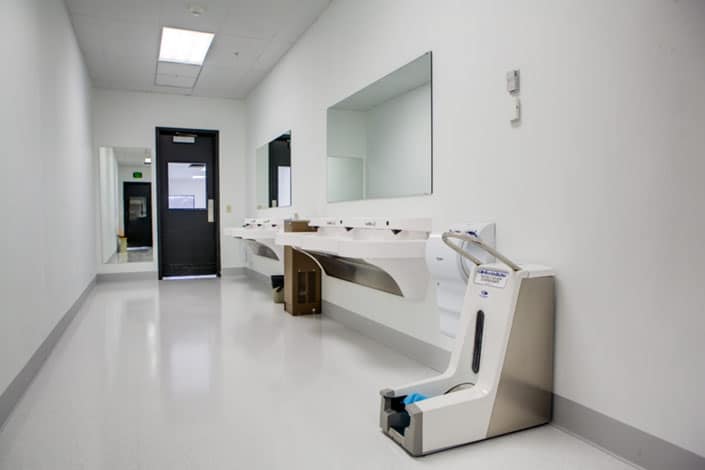
Cross-contamination:
The most dangerous time for cross-contamination is when taking off a protective suit. For example, a farmer wearing a chemical suit while he’s spraying crops is protecting himself from a potential hazard, but if he then comes back into a communal area and leaves that suit on the floor, anyone else in that area is being exposed to those same chemicals. Again, a formalised procedure is required to prevent contamination to either the wearer, co-workers, family or friends. Key elements include:
- Before removal, gloves, boots, masks and zip covers should be wiped clean and items such as tape disposed of in a chemical waste container.
- The removal of protective clothing should occur in a contamination-free changing room.
- In the case of single use coveralls, gloves should be kept on while removing the suit, which should also be rolled outwards to avoid contaminating any clothing underneath.
- Removing a contaminated suit means the changing area is now contaminated as well, so this needs to be cleaned too. In some cases, it will be necessary to have emergency products such as showers within the changing area to ensure that anyone who may be contaminated does not leave the area and become a risk to others.
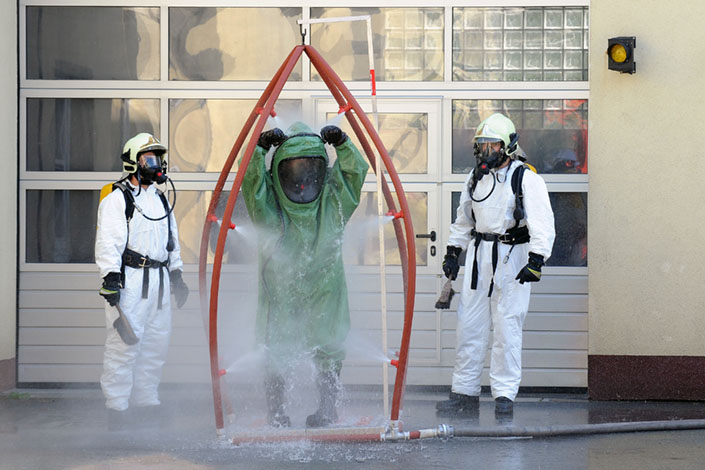
Disposal:
The used suit and any other PPE needing to be disposed of should be placed in a specifically provided bag or bin while still wearing protective gloves. That bag or bin then becomes a potential hazard and should be treated as such. Depending on the hazardous materials being handled, there will be a variety of methods of disposal which should all be accounted for in a health and safety plan.
ph7 International has a long history of supplying protective clothing to all types of New Zealand industries and can help you create a safety procedure checklist for the correct use of coveralls and safety suits. For more information, contact us on 0800323223, sales@ph7.co.nz or via the website.

